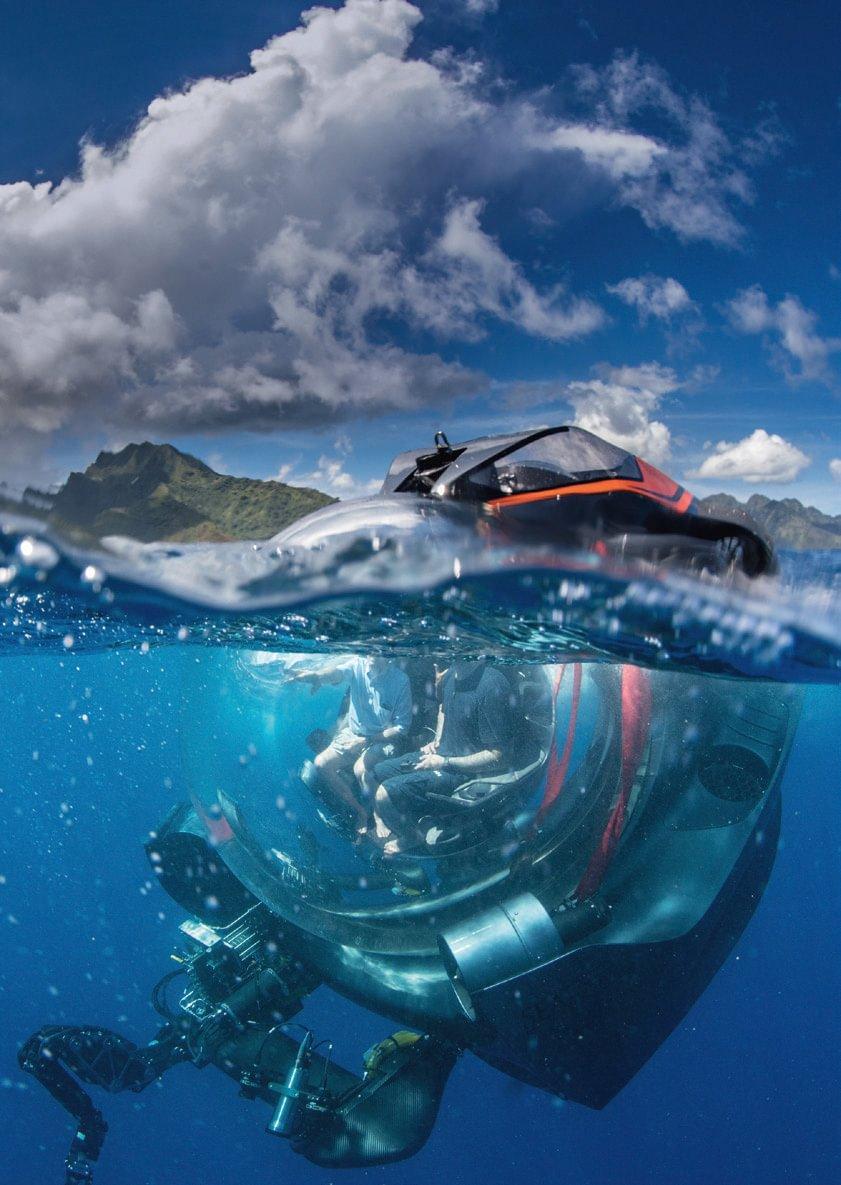
Patrick Lahey has spent much of his life building and advocating for submersihles. But when he learned that a dear friend planned to visit the wreck of Titanic in a craft suspected to be dangerous, he was horrified.
“We had many conversations about it,” Lahey recalls, a year on, “and I couldn't have been more vocal about it.”
The friend was Paul-Henri Nargeolet, a Frenchman who had been part of dozens of previous expeditions to the famous shipwreck. Over the years, Nargeolet had worked with the French Research Institute for the Exploitation of the Sea to assist with the recovery of more than 6,000 artifacts, ranging from a section of hull to a leather bag containing sheet music and love letters.
Despite Lahey's warnings, Nargeolet, a 77-year-old who had earned the nicknamed “Mr Titanic,” appears to have been seduced by the idea of one more trip to the wreck that had made his name. “It was appealing enough,” Lahey says glumly, “that he was willing to put aside any concerns he had about his own safety, I guess. I don't know. I'll never know. And it'll trouble me, I'm sure, for the rest of my days.”
On June 18,2023, Titan set off on its first expedition of the year. It was manufactured by OceanGate, whose CEO, Stockton Rush, was on board with Nargeolet and three tourists: British businessman Hamish Harding, Pakistani-British entrepreneur Shahzada Dawood and his son, Suleman. One hour and 45 minutes into the mission, the submersible's mothership, Polar Prince, lost contact with the craft and its crew.
Lahey was on vacation in Sardinia when he learned that something had gone wrong with Titan. “My phone blew up, my computer blew up… Naturally, I was very concerned.”
For four days the world waited. Titan had 96 hours’ worth of oxygen aboard. Could its five passengers be alive, stranded at the bottom of the ocean? The discovery


